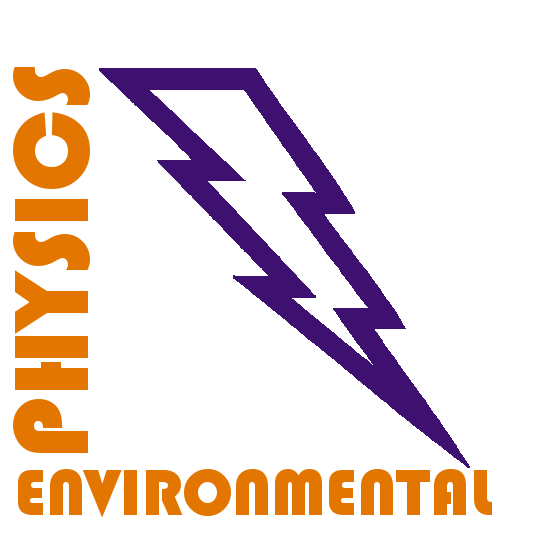Faculty of Mathematics, Physics and Informatics, Comenius University Bratislava |
Single Step Removal of CO2 Incorporating CO2 and Nitrogen Fixation from Gas Phase in Electric DischargeMorvová M., Morva I., Hanic F. |
||||
|
Abstract: At present the following processes are used for sequestration of carbon dioxide: separation and capture, transport, storage, utilisation making chemical products and biological fixation. Application of above mentioned methods leads to increase of relative costs, due to energy consumption, of about 40-50%.We have developed method and equipment for continual removal of CO2 and other exhaust components as (NOx, CHx, CO, SO2 and SiF4) from the mixtures containing N2 and H2O using synergetic effect of electric discharge and catalysis of organometallic part of product formed on electrodes. The main advantage of proposed method is that all processes taking place between the moment of CO2 introduction in gas phase, as a part of exhaust, and formation of output final solid product occur in single equipment. This fact contributes to substantial decrease of removal cost.Synergetic removal of other non-wanted compounds such as nitrogen oxides, volatile organic compounds, sulphur containing compounds (SOx and mercaptanes), SiF4, nicotine, PAH takes place.The final removal efficiency varies with introduced exhaust composition. In average the efficiency of CO2 removal was about 40%. The process of CO2 removal is always accompanied by NOx removal. In case of high NOx concentrations efficiency of CO2 removal increase so that final concentration is lower than natural one (350ppm). In the same time removal efficiency of NOx is higher than 95%.The final product is powder with fractal structure on microscopic level with low specific weight. The product is water insoluble. The main component (95%) of solid product is amorphous condensate of aminoacids with about 5% of organometallic compounds with catalytic properties. The product was analysed using IR absorption spectrometry, chromatography specialised for food amino acids analysis and thermogravimetry. The product decomposes to individual aminoacids in 6 molar solution of HCl after 24 hours. The following amino acids were observed: alanine, serine, glycine, aspartic acid, lysine, arginine, methionine, histidine.The process is connected with CO2 and nitrogen fixation in the presence of water in the electric discharge. The catalytic spots on non-stresed electrode are photosensitive. The process is connected with O2 formation. Important similarities with photosynthesis of aminoacids taking place in Spirulina platensis (phycocyanine as chromophore) was found out.The studied processes confirmed the possibility of the formation of living substances in the atmosphere with composition similar to the primary atmosphere (N2, NH3, CO2, H2O, CH4).
|
||||
|
Citations:
|

|
|
HOME |
| NEWS |
| STAFF |
| RESEARCH |
| PUBLICATIONS |
| STUDENTS |
| LINKS |
|
CONTACT
|
|
Post-doctoral positions
|

|
|
User: veronika Logout |